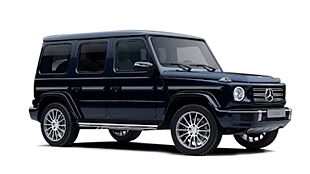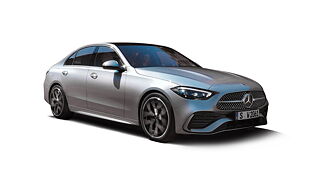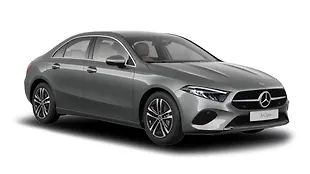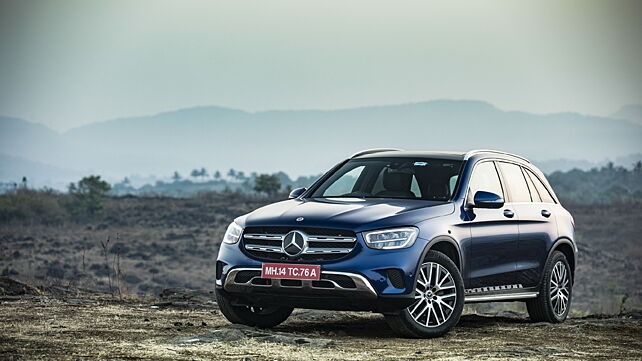
The 2021 GLC is the most affordable Mercedes-Benz SUV in India. It is offered in two variants - C200 Progressive and C220d 4Matic Progressive, priced at Rs 57.36 lakh and Rs 63.13 lakh (ex-showroom), respectively. Here we learn about the engine, transmission and specifications of the 2021 Mercedes-Benz GLC.
Engine
The GLC C200 gets a 1,991cc inline four-cylinder turbocharged petrol engine that produces 194bhp at 5,500rpm and 320Nm of torque between 1,650 and 4,000rpm.
This longitudinally positioned petrol engine, codenamed M264 utilises a twin-scroll turbocharger and it is used in rear-wheel-drive cars. Mercedes-Benz provides retuned versions of this engine in other models such as the C-Class, the C-Class Cabriolet C300 and the GLC Coupé.

The GLC C220d 4Matic features a 1,950cc inline four-cylinder turbocharged diesel engine that develops 192bhp at 3,800rpm and 400Nm of torque from 1,600 to 2,400rpm.
This OM654 engine is made of aluminium to achieve better efficiency and power; and to also make it lighter and smaller than its predecessor. Its transverse positioning makes this engine versatile to be fitted in any compact car. The OM654 is offered in various Mercedes-Benz models available in India such as the A-Class, C-Class, E-Class, GLC Coupé and GLE.

Transmission
Both the engines in the GLC are mated to a nine-speed torque converter automatic gearbox. The electronically assisted transmission responds to throttle input and shifts accordingly. It also reacts to the drive modes - Eco, Comfort and Sport to provide smooth or quick gear shifts through the nine gears. This 9G-Tronic transmission is said to skip individual gears and therefore able to manage multiple downshifts for better acceleration. If you would like to know more about the SUV, please read our first drive review of the 2021 Mercedes-Benz GLC C200.

Specifications
The GLC C200 uses a permanent rear-wheel-drive while the C220d is an all-wheel-drive system. The 4Matic provides on-demand torque but it usually sends power through a transfer case in the transmission to the front axle. The electronically powered all-wheel-drive system can send the power to the rear wheels in the case of no or low traction, or it could also send the power to an individual wheel.

![Mercedes-Benz GLC [2019-2023] Image Mercedes-Benz GLC [2019-2023] Image](https://imgd.aeplcdn.com/272x153/n/cw/ec/43718/glc-exterior-right-front-three-quarter-3.jpeg?q=80)
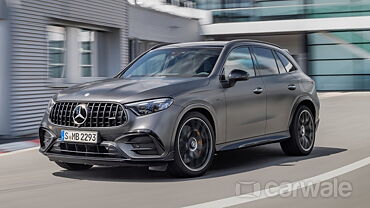
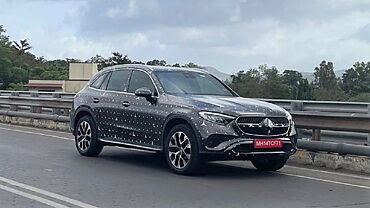
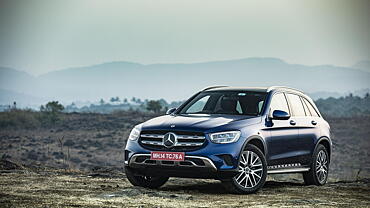
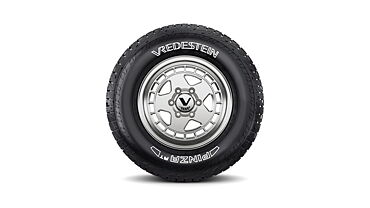






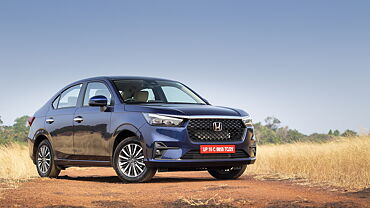
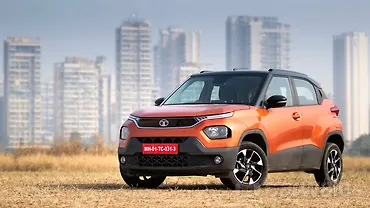
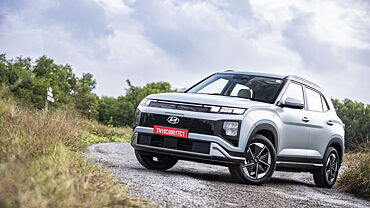

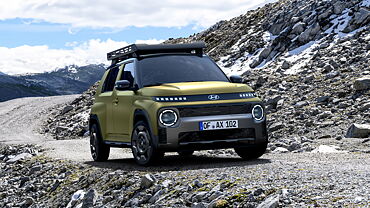
![Mercedes-Benz GLC [2019-2023] Right Front Three Quarter Mercedes-Benz GLC [2019-2023] Right Front Three Quarter](https://imgd.aeplcdn.com/199x112/n/cw/ec/43718/glc-exterior-right-front-three-quarter-3.jpeg?q=80)
![Mercedes-Benz GLC [2019-2023] Right Front Three Quarter Mercedes-Benz GLC [2019-2023] Right Front Three Quarter](https://imgd.aeplcdn.com/199x112/n/cw/ec/43718/glc-exterior-right-front-three-quarter-4.jpeg?q=80)
![Mercedes-Benz GLC [2019-2023] Right Side View Mercedes-Benz GLC [2019-2023] Right Side View](https://imgd.aeplcdn.com/199x112/n/cw/ec/43718/glc-exterior-right-side-view.jpeg?q=80)
![Mercedes-Benz GLC [2019-2023] Dashboard Mercedes-Benz GLC [2019-2023] Dashboard](https://imgd.aeplcdn.com/199x112/n/cw/ec/43718/glc-interior-dashboard.jpeg?q=80)
![Mercedes-Benz GLC [2019-2023] Steering Wheel Mercedes-Benz GLC [2019-2023] Steering Wheel](https://imgd.aeplcdn.com/468x263/n/cw/ec/43718/glc-interior-steering-wheel.jpeg?q=80)

























